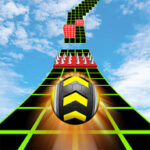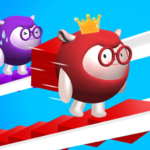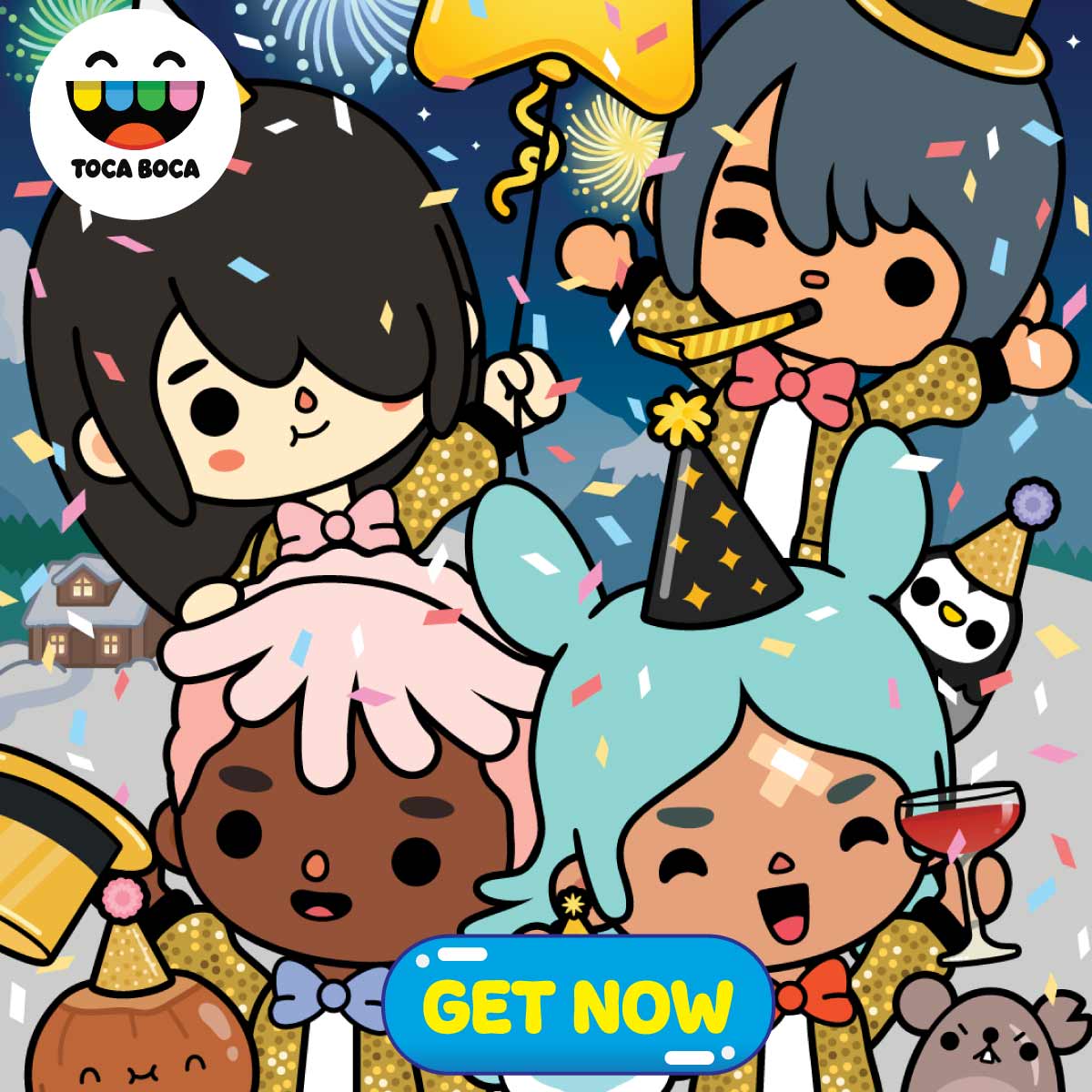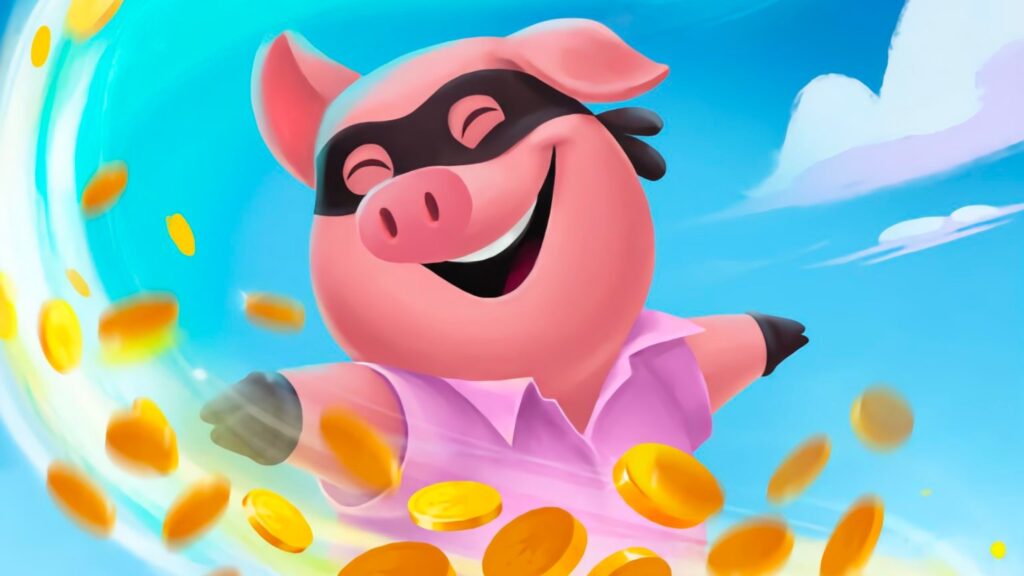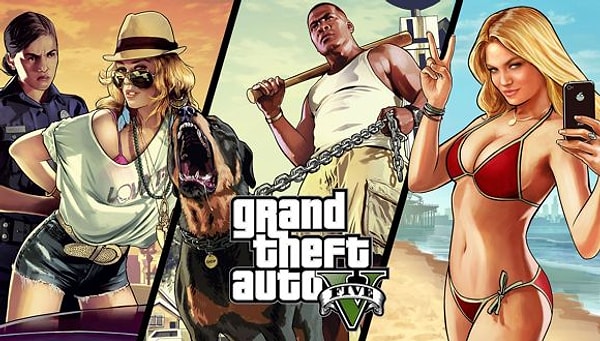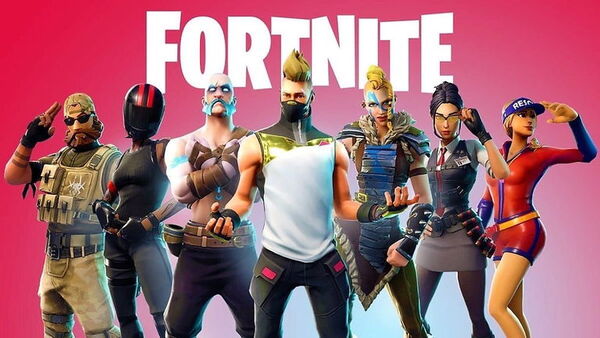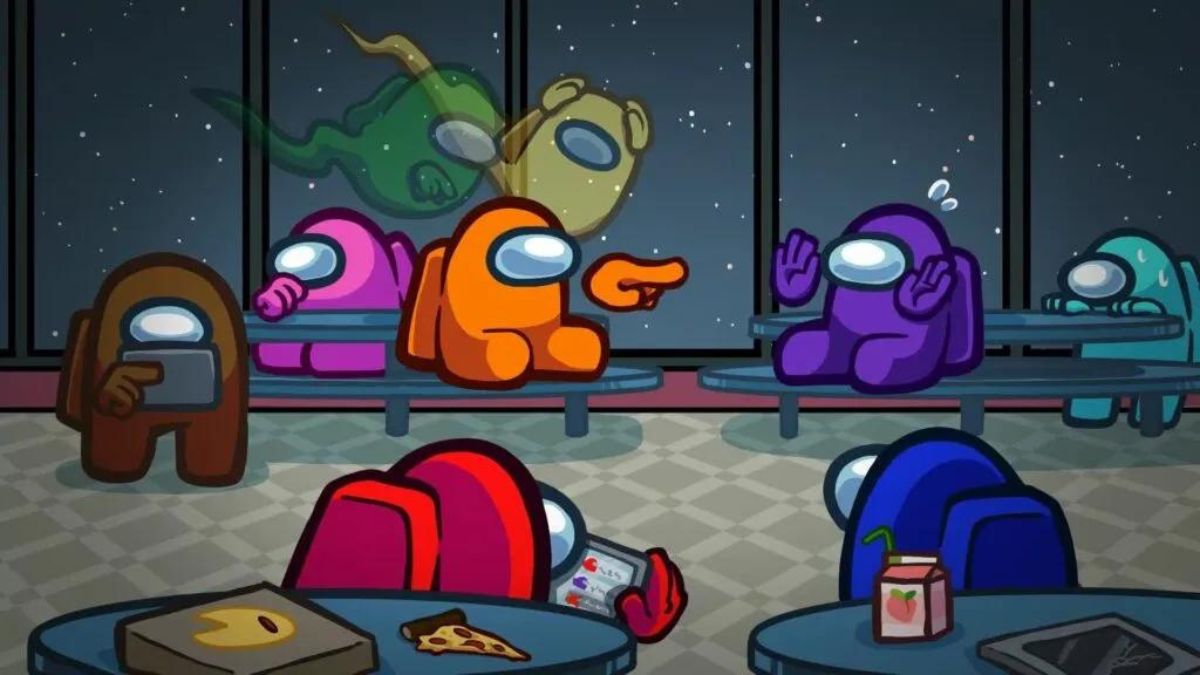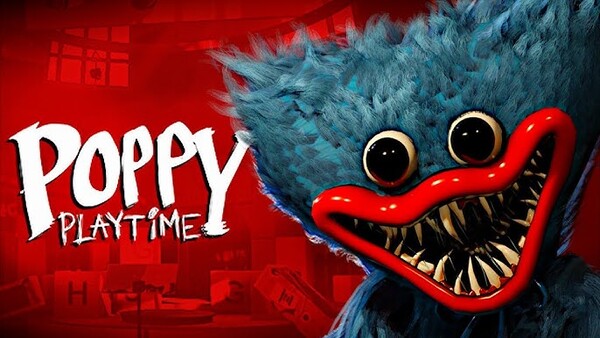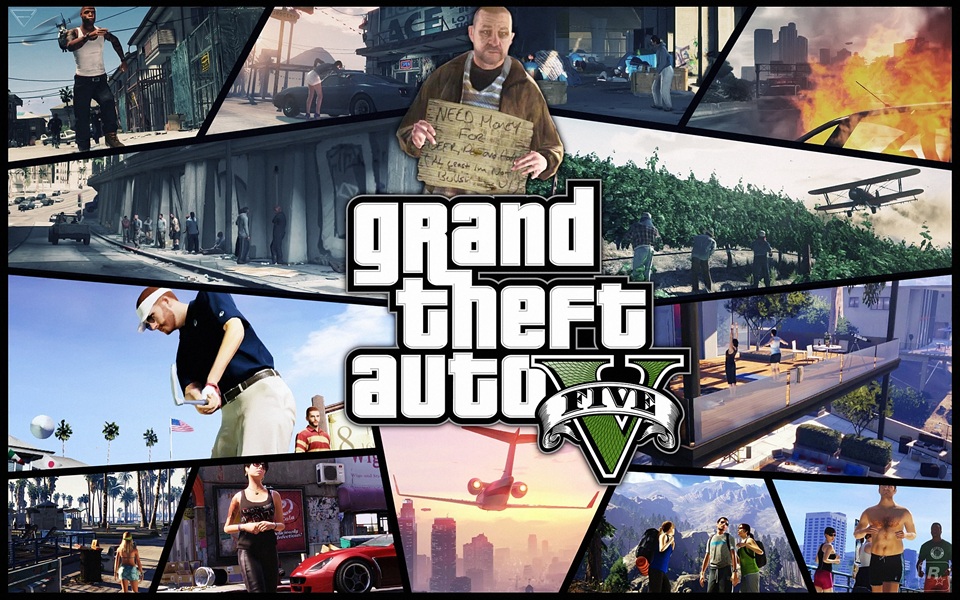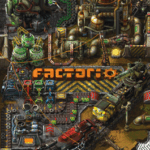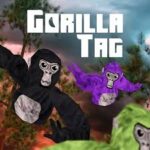Gorilla Tag is one of the most unexpected success stories in virtual reality gaming. Developed by a solo indie developer, Another Axiom, the game took off in early 2021 with a simple concept: be a gorilla, swing your arms to move, and tag your friends. What started as a passion project quickly became a viral phenomenon, drawing in millions of players with its unique movement system, active gameplay, and surprisingly deep social interaction.
Unlike most VR games that rely on thumbsticks for movement, Gorilla Tag forces players to physically swing their arms to run, climb, and jump. This primal control scheme creates a full-body workout disguised as a game, bringing players closer to their avatars than almost any other VR experience.
This article explores the mechanics, cultural impact, player community, and evolution of Gorilla Tag—from indie breakout to VR staple.
1. Origins of Gorilla Tag: Built on Simplicity
Gorilla Tag was created by developer Kerestell "LemmingVR" Smith in early 2021 using the Unity engine. The game launched on PC VR platforms and Oculus Quest via App Lab. With no big studio backing or marketing, it spread purely through word-of-mouth and social media.
The simplicity of the game is striking. There are no weapons, no complex menus, no avatars—just gorillas with floating hands and basic physics. But the magic lies in how those physics are used to move through space.
Gorilla Tag proved that when gameplay feels right, graphics and production values become secondary.
2. Unique Movement Mechanics
In Gorilla Tag, you move not by pressing buttons, but by pushing yourself through the environment with your hands. You swing your arms downward to run, push off walls to climb, and leap between branches using nothing but momentum.
The locomotion feels intuitive, physical, and freeing. Every jump and climb is earned through real movement. It’s tiring—but also incredibly immersive.
This movement system removes the need for artificial locomotion, virtually eliminating motion sickness and making Gorilla Tag one of the most accessible and exhilarating VR games available.
3. Game Modes: Tag, Infection, and More
Gorilla Tag is centered around a variety of game modes, the most popular being:
-
Tag: One gorilla is "it" and must chase down others.
-
Infection: A twist where the number of "taggers" grows each time a player is caught.
-
Hunt: Each player is assigned a specific target to tag while avoiding others.
-
Paintbrawl: A team-based mode where players shoot paintballs using arm motions.
These modes are simple but dynamic. Players create their own drama through movement, communication, and strategy. The lack of structured objectives allows endless replayability.
4. Maps and Environmental Design
The game features several stylized environments that offer unique terrain and traversal challenges:
-
Forest: The original map, with trees perfect for climbing and ambushes.
-
City: A more vertical map filled with skyscrapers and neon lights.
-
Canyon: Open spaces and cliff paths that require careful coordination.
-
Mountains: Icy surfaces that add slippery chaos to movement.
-
Basement: A creepy horror-themed map for unique role-play modes.
These environments keep gameplay fresh by encouraging different movement styles and strategies. Players quickly develop preferences and specialties depending on their comfort with climbing, leaping, or navigating tight spaces.
5. Customization and Cosmetics
While Gorilla Tag’s avatars are simple—just floating gorilla arms and a head—players can customize them with hats, glasses, badges, and other cosmetic items. These are earned through in-game currency or special events.
Seasonal updates often introduce limited-time cosmetics, encouraging players to return regularly. While purely aesthetic, these items add personality and social value.
There’s no pay-to-win system—cosmetics don’t affect gameplay, maintaining fairness across all players.
6. Community and Social Interaction
Gorilla Tag's biggest strength is its social environment. Every match is fully voice-enabled, allowing players to talk, joke, compete, or form friendships in real time.
The physicality of movement adds a layer of expressiveness that text or voice alone can’t convey. Players wave, dance, gesture, and communicate without needing menus or buttons.
This has led to a thriving community, especially among younger gamers who use Gorilla Tag as a digital playground, much like Roblox or Minecraft in previous generations.
7. Fitness, Health, and Accessibility
Gorilla Tag is surprisingly physical. Sessions often leave players sweating, especially during intense chases or vertical climbs. It's been embraced by the VR fitness community as a fun way to stay active.
The game is also accessible—there are no complex buttons to remember, and minimal hardware is required beyond a VR headset and controllers.
Because movement is based on real arm motion, it also accommodates different body types and playing styles, including sitting or limited-space setups.
8. Developer Support and Updates
Gorilla Tag’s solo developer has been highly involved with the community, consistently rolling out updates, new maps, and quality-of-life improvements.
Major updates like the Paintbrawl mode or new cosmetics collections are often accompanied by fun seasonal events, keeping the game fresh.
Despite its indie roots, Gorilla Tag has grown into a well-maintained live-service game with consistent development and passionate support.















